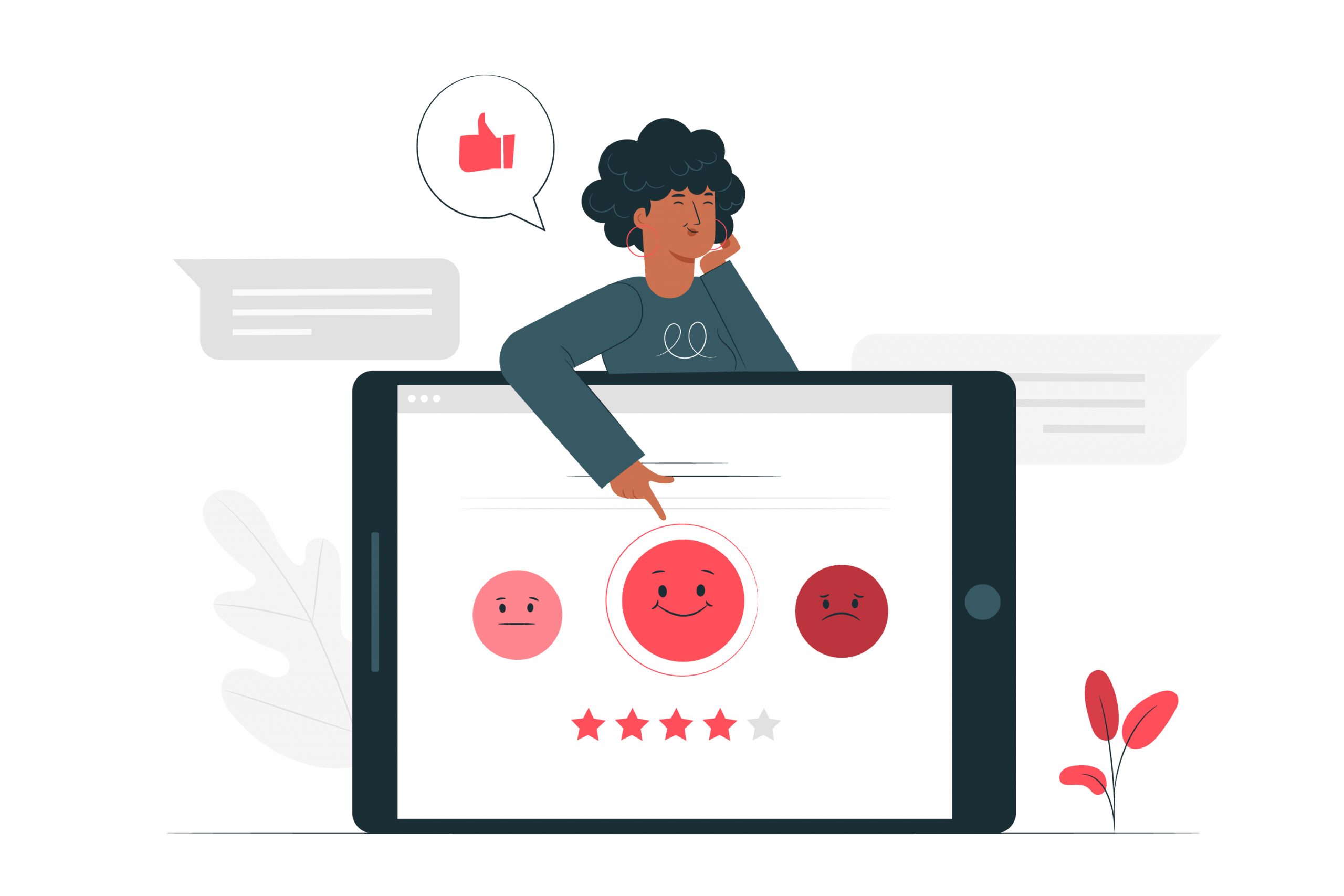Crafting Effective Questionnaire Design
A well-designed questionnaire is the cornerstone of successful data collection and insightful analysis. Whether you’re conducting market research, academic studies, or gathering feedback, following these top 10 tips for effective questionnaire design will help you create a robust survey instrument that yields accurate and meaningful results.
1. Define Clear Objectives: Before creating your questionnaire, establish clear research objectives. What specific information do you want to gather? Defining your goals will guide your question formulation and survey structure.
Sample Design: Objective: To understand customer satisfaction with a new product.
Sample Question: “How satisfied are you with the performance of our recently launched product?”
2. Keep it Concise: Respect your respondents’ time by keeping the questionnaire concise. Avoid unnecessary or redundant questions, ensuring that every question contributes to your research objectives.
Sample Design: Objective: To collect feedback on a user interface design.
Sample Question: “How easy was it to navigate through the website to find the information you were looking for?”
3. Use Clear and Simple Language: Craft questions using plain language that your target audience can easily understand. Avoid jargon, technical terms, or complex sentence structures that might confuse respondents.
Sample Design: Objective: To collect feedback on a user interface design.
Sample Question: “How easy was it to navigate through the website to find the information you were looking for?”
4. Start with Easy Questions: Begin with straightforward, non-sensitive questions. This helps build respondents’ confidence and encourages participation before diving into more complex or personal inquiries.
Sample Design: Objective: To assess employee satisfaction with workplace facilities.
Sample Question: “On a scale of 1 to 5, how would you rate the comfort level of your workspace?”
5. Progress Logically: Arrange questions in a logical sequence, moving from general to specific or from easier to more challenging topics. This helps respondents follow the survey flow and maintain engagement.
Sample Design: Objective: To gather feedback on a recent event.
Sample Question: “Did you attend the event? If yes, please proceed to the following questions.”
6. Provide Response Options: Offer a range of response options that accurately capture the nuances of respondents’ opinions. Include options like “Don’t Know” or “Prefer Not to Answer” for questions that might not apply to everyone.
Sample Design: Objective: To understand dietary preferences.
Sample Question: “Which of the following dietary preferences best describes you? (Please select all that apply)”
- Vegetarian
- Vegan
- Pescatarian
- Omnivore
7. Avoid Leading Questions: Craft questions neutrally, avoiding any bias or leading language that might influence respondents’ answers. Maintain objectivity to ensure accurate data collection.
Sample Design: Objective: To gauge interest in a new product feature.
Sample Question: “How likely are you to use our new feature, considering its benefits and drawbacks?”
8. Mix Question Types: Incorporate a mix of question types, such as multiple-choice, Likert scale, open-ended, and demographic questions. This variety provides a comprehensive view of the topic under study.
Sample Design: Objective: To evaluate customer service quality.
Sample Question 1 (Multiple Choice): “Which method do you prefer for contacting our customer service?”
- Phone
- Live Chat
Sample Question 2 (Likert Scale): “Please rate your satisfaction with the responsiveness of our customer service representatives.”
- Very Dissatisfied
- Dissatisfied
- Neutral
- Satisfied
- Very Satisfied
9. Test and Pilot: Before launching the survey, conduct thorough testing and piloting. Share the questionnaire with a small sample of respondents to identify any unclear or confusing questions and refine your survey accordingly.
Sample Design: Objective: To gather feedback on a training program.
Sample Question: “Based on your experience, how relevant were the topics covered in the training?”
10. Consider Visual Appeal: A visually appealing layout enhances the survey experience. Use a clean and organized design with appropriate fonts, colors, and spacing to make the questionnaire easy to read and navigate.
Sample Design: Objective: To collect feedback on a website’s user interface.
Sample Question: “Please rate the visual appeal of the website’s design:”
Following these tips and sample designs will equip you with the tools to create effective questionnaires that generate insightful data. Always consider the preferences and characteristics of your target audience, and be prepared to iterate and improve your questionnaire based on real-world feedback. With a well-crafted questionnaire, you’ll unlock the power to gather accurate information, make informed decisions, and uncover valuable insights.
Read more: Do and Don’t while Survey Development



